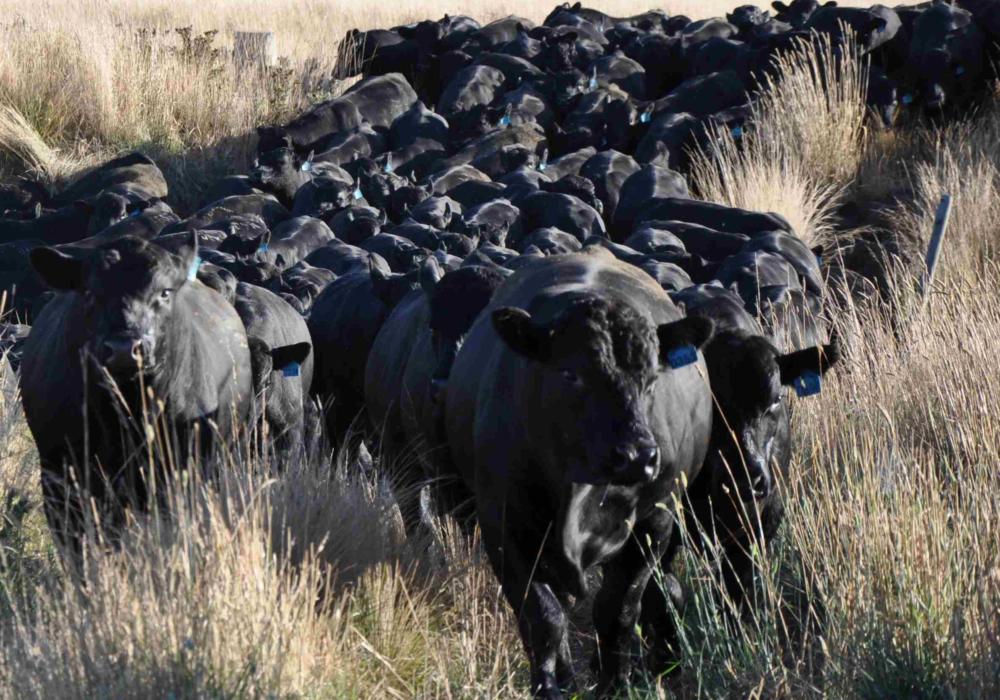MARBLING remains king at the premium end of the market and major meat buyers and processors now target a network of genetic clients producing cattle they know will perform to specification.
And most of them have identified Te Mania Angus genetics for delivering the carcase performance they must have.
Beef producers and studs will get a chance to be part of that success story on August 14 when Te Mania Angus stages its tenth annual northern bull sale at Walgett on August 14.
With 12 bulls catalogued in the top 1 per cent of the Angus breed for marbling, and 25 per cent of the catalogue in the top 5 per cent, producers have the opportunity to source bulls that will increase the IMF performance in their herds – giving them better access to some of Australia’s premium beef brands.
Te Mania Angus director Hamish McFarlane says Rangers Valley’s Black Market, Greenham’s Cape Grim, and the JBS suite of Angus brands such as King Island and Beef City Black are all based on the dominant traits of the Angus breed.
Rangers Valley managing director Keith Howe said the specification for the Angus brand was longfed (270 days), producing Black Onyx (marble score 3-4) and the company’s Black Market (marble score 5+).
Mr Howe said the brands have become well recognised with high end executive chefs around the world looking for Angus beef with that high marbling score.
He said of the 30,000 carcases produced to specification each year, only around 3600 reached the Black Market brand – many of those from Te Mania Angus blood cattle.
“The marbled beef category is constantly growing and what Rangers Valley is majoring in is Angus with a high marble score,” he said.
Mr Howe also confirmed a close and long-term relationship between Rangers Valley and the Team Te Mania group was proving a valuable one for both parties. “Progeny test cattle are important for us as we collaborate with Te Mania Angus and Team Te Mania,” he added.
“We know that loop is vitally important to continue to reflect the improvement in genetics.
Our commitment is to make sure we get that information back to Team Te Mania as the breeders and Te Mania Angus as the genetic source.
“The Te Mania group is a very important part of our branded position,” he said.
Hamish said Te Mania Angus will catalogue 100 bulls at the Walgett saleyards on August 14 to meet growing demand from northern breeders looking to access the most successful Angus EBV gene pool in the country.
Buyers such as the Goondiwindi, Queensland, based Cranney family enterprise.
“We began breeding Angus mainly due to the marketing opportunities and the potential for increased gross margins from our pasture based grazing operation,” John Cranney said.
“We’ve invested a fair bit of money on our Angus bulls, for their fertility, marbling and growth statistics, so we want to make the most of that investment and take them through to feeder weights.
“We’ve sourced our bulls from Te Mania Angus in Victoria for a number of years now and they’ve exceeded our expectations through the effect they have had on both our breeder herd and the progeny.”
Hamish said the feedback from producers and genetic clients had been anchored on the stud’s long-term commitment to objective measurement.
He said it was the cornerstone of progress at Te Mania Angus – that and embracing new science and technology alongside an unwavering commitment to conformation and structure.
“We work closely with the Animal Genetics and Breeding Unit (AGBU, based at UNE in Armidale),” Hamish added.
AGBU director Rob Banks recently praised the genetic program and progeny testing of Te Mania Angus across the value chain.
Dr Banks said “with more than 7500 direct carcase records and over 4400 carcase marbling and IMF percentage records analysed by BREEDPLAN, very strong reliability of those EBVs is ensured – providing breeders and producers confidence in identifying animals with the right genetics for profitable beef cattle production”.
“The Te Mania Angus breeding program has made very impressive and valuable genetic progress over more than two decades,” Dr Banks said.
“That genetic progress has been balanced with improvement in the right direction in growth rate, but without any genetic increase in birth weight and while its carcase merit – muscling and marbling – has been steadily improving, its P8 and rib fat has been held constant,” he said.
“Fertility, calving ease, gestation length and branding rate are all being improved – and that genetic improvement means more calves, calves that grow faster to market weight, and calves that better meet market specifications.”





